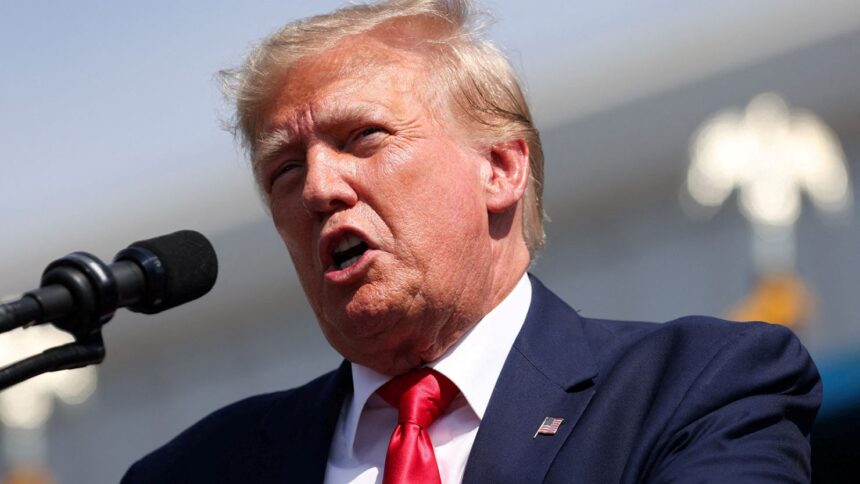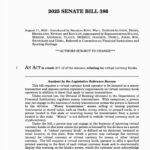“`html
The U. S. Federal Reserve to Dismantle “Novel Activities Supervision Program”
The U.S. Federal Reserve has declared that it will terminate its “Novel Activities Supervision Program,” a regulatory initiative initiated in 2023 to enhance oversight of banks’ participation in cryptocurrencies, stablecoins, and other emerging financial technologies.
This decision comes in response to political pressure and increasing criticism from pro-crypto lawmakers, some of whom perceive the program as part of a broader “debanking” agenda aimed at targeting digital asset firms.
In a statement released on Friday, the central bank confirmed it would “sunset” the program and revert to “monitoring banks’ novel activities through the normal supervisory process.”
The Federal Reserve indicated that the program, which started in August 2023 under Supervisory Letter SR 23-7, successfully met its objective of enhancing its comprehension of the risks associated with digital assets and related bank risk-management practices, thus rendering the specialized oversight framework unnecessary.
This initiative was structured as a risk-focused tool designed to oversee activities including crypto-asset custody, crypto-collateralized lending, distributed ledger technology (DLT) projects, and conventional banking services extended to crypto companies and fintechs.
It also enforced increased scrutiny on stablecoin issuance and transactions, necessitating pre-approval and evidence of robust risk controls.
At that time, Fed officials argued that this framework would clarify “unique questions around permissibility” and minimize vulnerabilities such as money laundering, customer runs, and cybersecurity breaches.
The program united digital-asset specialists and traditional bank examiners to blend technical and regulatory expertise.
However, lawmakers favorable to cryptocurrency criticized the initiative as part of “Operation Chokepoint 2.0,” an alleged effort to restrict banking access for politically unfavored industries, including digital asset firms.
Senator Cynthia Lummis (R-WY), a prominent blockchain advocate, welcomed the Fed’s move on X (formerly Twitter), stating that “Big win for putting an end to Operation Chokepoint 2.0. The Fed announced it’s killing the targeted supervision of digital asset banking activities. There’s still more to do, but this is real progress toward a level playing field for crypto.”
This policy shift occurs within a contentious political climate. President Donald Trump has persistently criticized what he refers to as “debanking” by federal regulators and has promised to dismantle programs he views as antagonistic to cryptocurrency and innovation.
Although the Fed did not cite political pressure in its decision, Friday’s statement implied that insights gained from the program would now be integrated into standard oversight practices.
The discontinuation of SR 23-7 removes the additional supervisory layer that applied to banks engaged in intricate fintech partnerships, stablecoin operations, and concentrated crypto service provisions.
Moving forward, these activities will be evaluated under the same risk-based framework utilized for other bank operations.
Nevertheless, the Fed emphasized that expectations regarding safety, soundness, and compliance remain intact, meaning banks will continue to be subject to rigorous requirements for risk management and regulatory approvals prior to engaging with digital assets.
Under the Biden administration, U.S. federal banking agencies imposed strict limitations on how banks could collaborate with crypto businesses. However, this approach has drastically shifted since President Donald Trump, a vocal supporter of digital assets, took office earlier this year.
In March, Trump signed a long-awaited executive order establishing a more favorable federal framework for the oversight of digital assets. This move was accompanied by the Federal Deposit Insurance Corporation (FDIC) removing “reputational risk” from the list of supervisory factors, a policy long critiqued by crypto advocates as an ambiguous pretext for blocking banking relationships.
The FDIC also disseminated guidance that facilitates supervised banks’ ability to engage in crypto-related activities without prior approval, provided they adhere to existing safety and compliance protocols.
In July, the Federal Reserve, FDIC, and Office of the Comptroller of the Currency (OCC) jointly issued a statement reminding banks that offer crypto custody to uphold stringent risk management practices.
The agencies underscored that banks can provide custody services in fiduciary or non-fiduciary capacities but must ensure the protection of cryptographic keys, comply with federal and state laws, and implement safeguards against cyber threats and mismanagement.
The regulatory transition continued on June 24, when the Fed officially eliminated “reputational risk” from its oversight framework, pledging to provide more transparent and consistent supervision.
Rob Nichols, president of the American Bankers Association, termed it “a long-overdue step” towards allowing banks to make business decisions based on market conditions instead of regulatory opinions.
Congress has also pursued clarity in this area. On July 18, President Donald Trump enacted the significant GENIUS Act, which represents the United States’ entry into a new era of federally regulated stablecoins.
In addition, Trump signed another executive order urging regulators to eliminate barriers that prevent 401(k) retirement plans from offering alternative assets such as cryptocurrencies.
If passed, this measure could integrate digital assets directly into mainstream retirement savings, marking a significant shift for U.S. investors.
“`



















